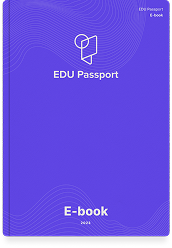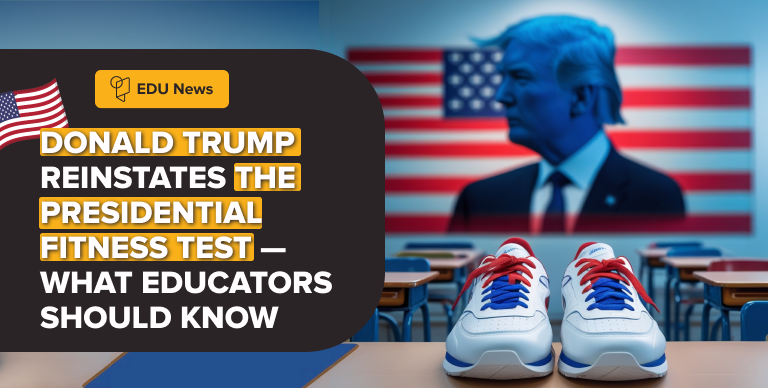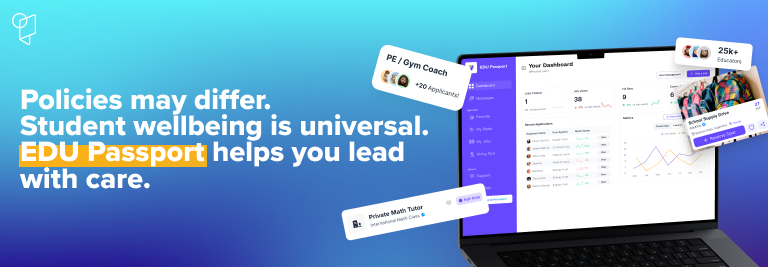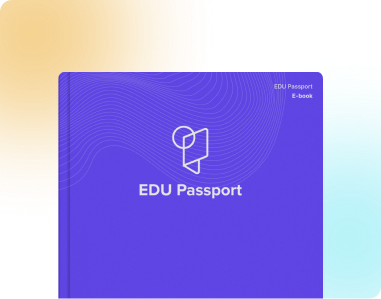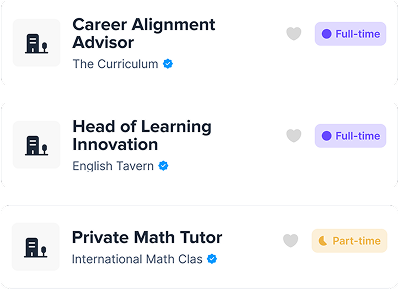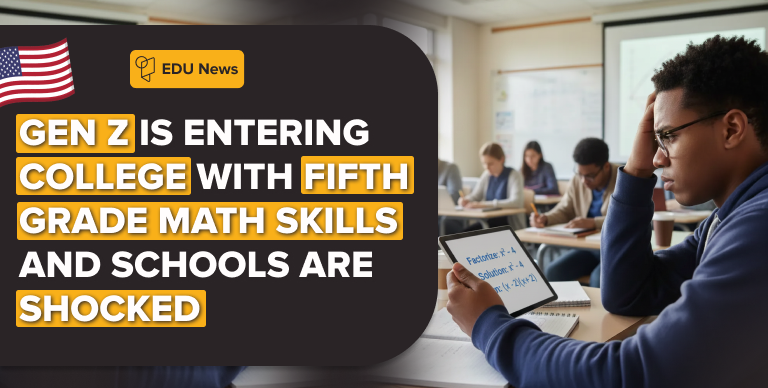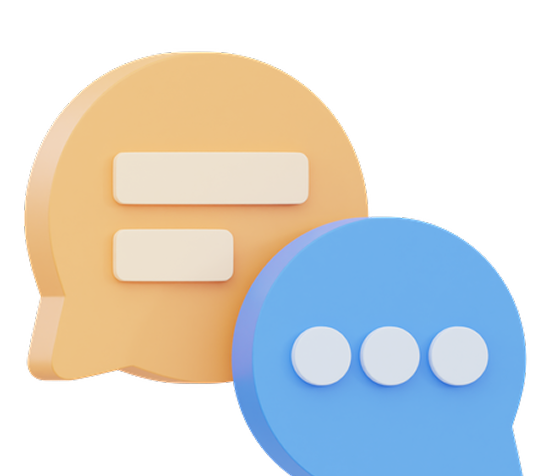Cue the Flashbacks: The Presidential Fitness Test Is Back
If you remember sweating through timed push-ups or running until your legs burned, you’re not alone. The Presidential Fitness Test—once a rite of passage for U.S. students—is being reinstated by executive order under President Donald Trump.
The original program ranked children against national standards for strength and endurance. Today’s challenge is different: how do schools make fitness testing inclusive, supportive, and genuinely beneficial for students’ health?
What’s Coming Back
The revived test includes the classic assessments:
- One-mile run (1.6 km)
- Shuttle sprints / pacer test
- Push-ups or pull-ups
- Sit-ups
- Sit-and-reach flexibility test
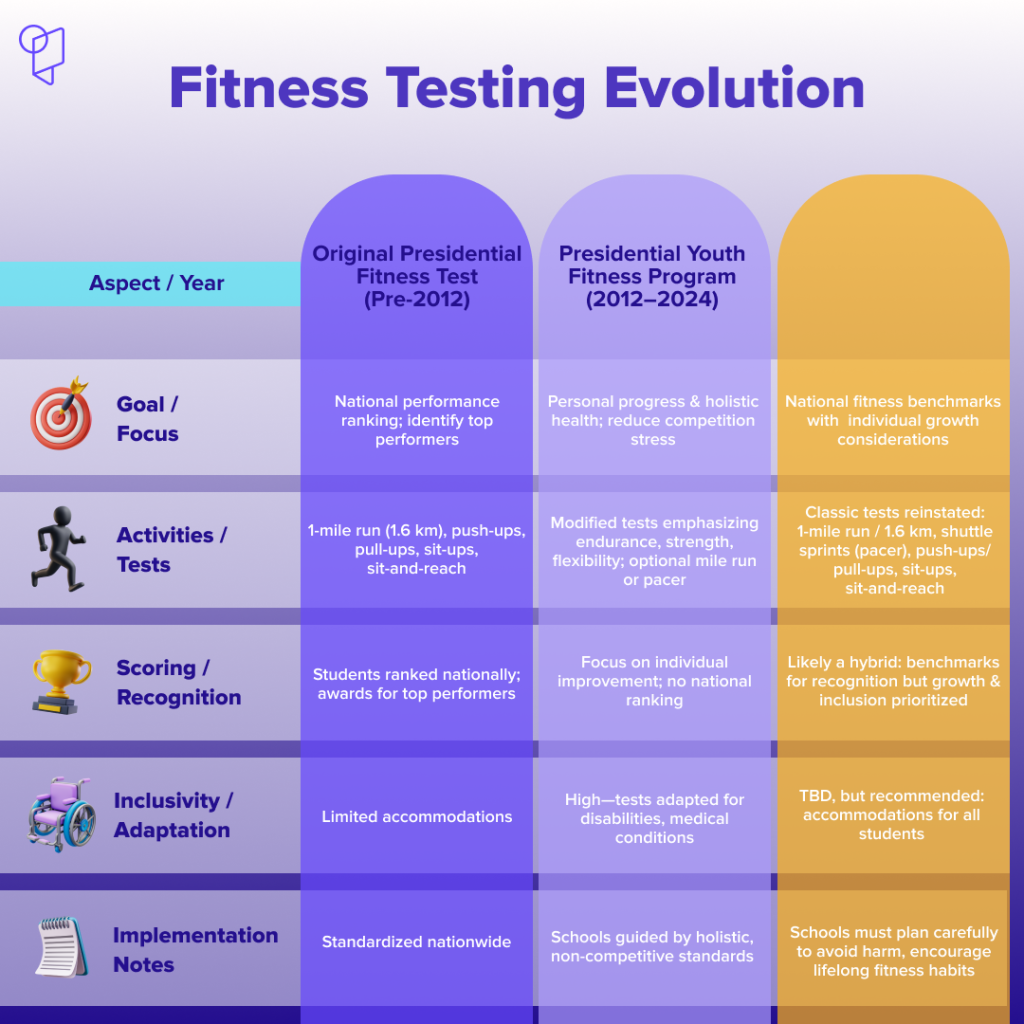
A Quick History Lesson
The Presidential Fitness Test began in the 1960s, running for decades before being retired in 2012–2013. It was replaced by the Presidential Youth Fitness Program, which focused on personal growth, health literacy, and fitness for all, instead of direct competition.
Why the shift? To reduce the embarrassment many students felt when publicly ranked—or worse, when classmates outperformed them in front of peers.
Now, with reinstatement, the debate returns:
- Supporters say it can help combat rising childhood obesity worldwide.
- Critics argue it risks excluding students with disabilities or creating unhealthy competition.
Why This Matters Beyond the U.S.
Even though this is an American policy, it sparks questions for educators everywhere:
- Should schools measure health by performance benchmarks or personal progress?
- How do we build programs that inspire fitness without creating shame?
- Can we balance standards and inclusivity in physical education globally?
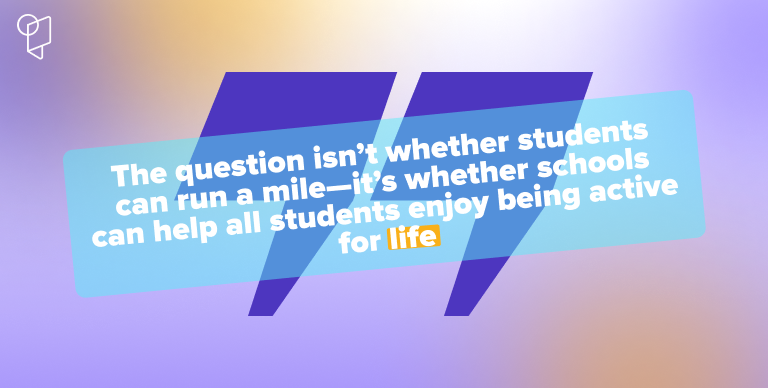
What Schools Should Be Thinking About
Here’s how educators (in the U.S. and globally) can prepare for fitness testing or similar initiatives:
✅ Assess inclusivity: Ensure adaptations for students with disabilities or medical conditions.
✅ Prioritize progress over rankings: Measure growth, not just outcomes.
✅ Communicate with families: Share what’s being tested and why, plus resources for support.
✅ Train staff: Equip PE teachers to give supportive, constructive feedback.
✅ Protect wellbeing: Remember—no one should be left with a lifelong aversion to sports because of a sweaty mile (or 1.6 km) run in school.
Downloadable guide → “5 Ways Schools Can Reintroduce Fitness Testing Without Harming Students”
EDU Passport’s Take
We’re pro-health, pro-students, and pro-global solutions.
The return of fitness testing could be positive if it helps schools identify needs earlier, strengthen PE programs, and give students healthier routines. But it must be implemented carefully. Fitness should inspire, not intimidate.
👉 At EDU Passport, we connect educators and school leaders around the world to share strategies, compare policies, and build inclusive practices—because student wellbeing is universal.
FAQs
Why was the Presidential Fitness Test retired in the U.S.?
It was replaced in 2012–2013 by the Presidential Youth Fitness Program to reduce stress, embarrassment, and unhealthy competition.
What’s the difference between the U.S. test and modern approaches elsewhere?
Many countries now favor holistic, inclusive physical education, where progress is measured against individual baselines—not national averages.
How can schools anywhere adapt these lessons?
By emphasizing enjoyment, inclusivity, and lifelong activity, rather than just test scores.
Join the Conversation
The Presidential Fitness Test is back in the U.S.—but the real conversation is global. How do we keep kids moving, confident, and healthy everywhere?
🌍 Join the EDU Passport community to share experiences, swap strategies, and discover practical solutions for physical education and student wellbeing worldwide.


